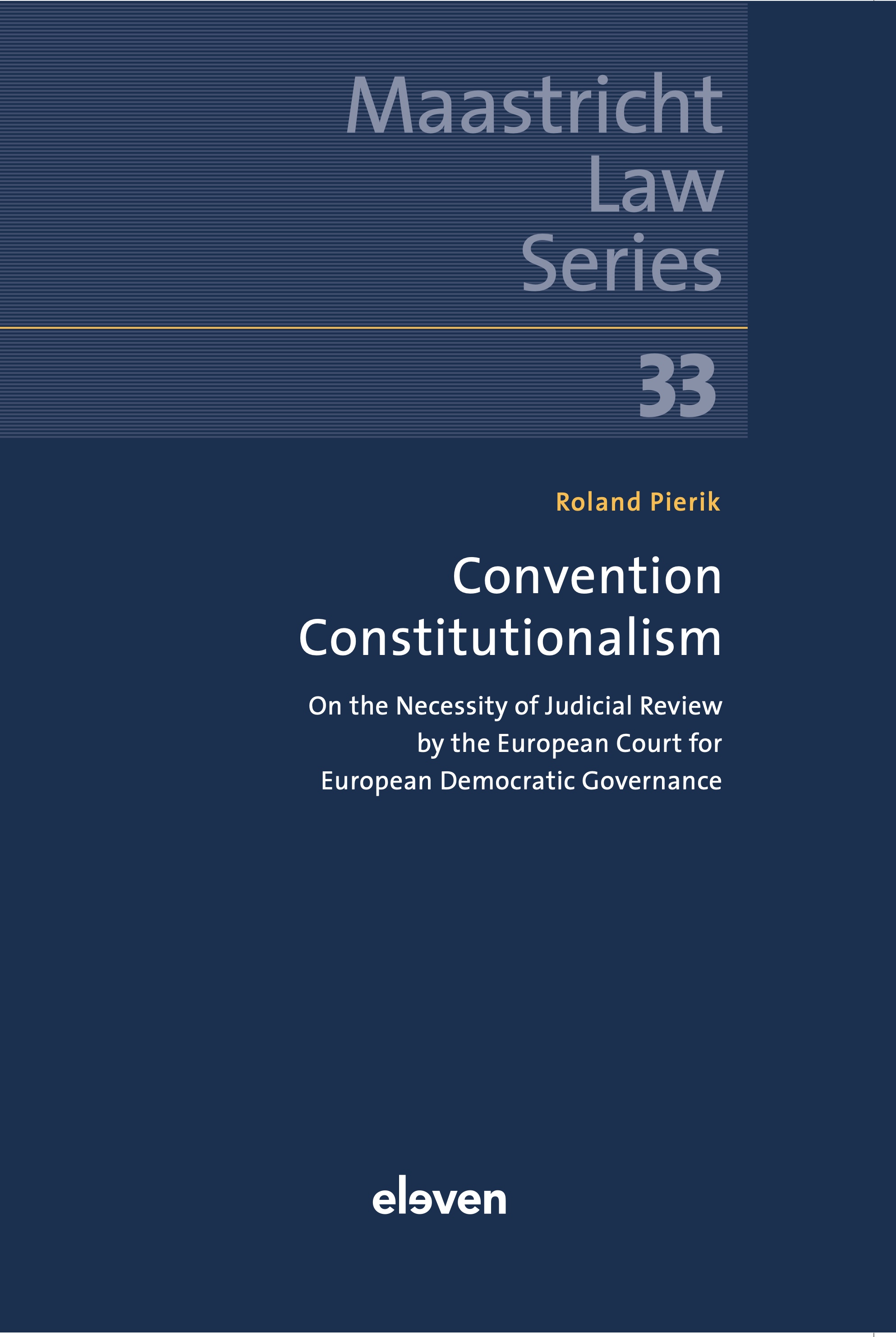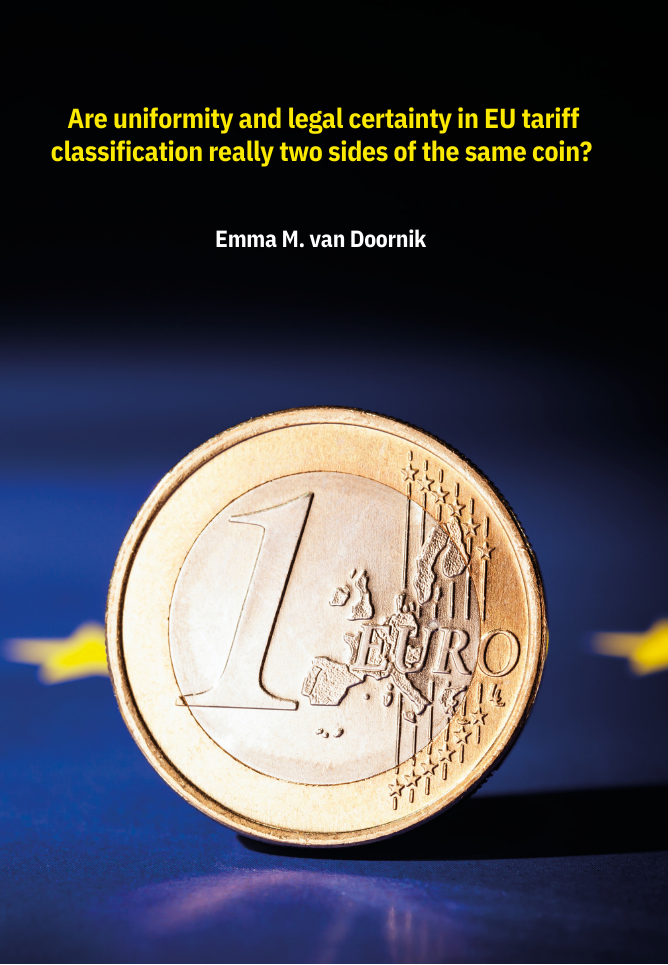Home detention: Professor Jacques Claessen experiences it himself
‘Practice what you preach’. This is the motto that led endowed professor of restorative justice and associate professor of criminal law and criminal procedure, Jacques Claessen, to voluntarily wear an electronic ankle bracelet. For years, he has been a strong advocate of electronic detention, a method of punishment he believes can replace a short prison sentence. How did he experience his home detention? And what problems does this form of punishment solve?
For seven days, Claessen experienced what it is like to sit at home while wearing an electronic ankle bracelet and be monitored 24/7 by the probation service. ‘It was tough!’, is the short version of the answer when asked how he experienced it. A week after having the electronic ankle bracelet fitted, he sits in his living room to share his experiences with his supervisor from the probation service, Martijn van Hoorn. In a few moments, an employee from the Transport and Support Service (in Dutch Dienst Vervoer en Ondersteuning/DV&O) will arrive on his doorstep to ‘disconnect’ him.
From ‘track and trace’ to ‘Monopoly’
‘You almost feel like being tracked and traced. It's really an infringement on your freedom and privacy,’ he begins to explain. ‘Not only on your physical freedom, also your psychological freedom. You feel less spontaneous, because you are constantly thinking about that ankle bracelet and the conditions you agreed to beforehand with the supervisor.’ ‘Is the ankle bracelet sufficiently charged?’, “Can I go somewhere via the normal route, or will I violate the location ban?” and “Will I be home on time if I want to go somewhere?” are just some of the questions that went through Claessen's head. This not only affected him, but also the people close to him.
‘During the week I had two hours of free time in the evening, during the day I was at home or working at the faculty. On weekends, I had four contiguous free hours. And within those you had to plan everything: even sitting in the garden,’ he says. ‘Because,’ adds supervisor Van Hoorn, ’a location restriction order means; indoors means indoors. Even at home. If you do sit in the garden, we consider it a violation of the conditions.’
And to his own surprise, Claessen managed to violate them. ‘I said beforehand that I would deliberately push the limits, but it wasn't even necessary. When I went to withdraw money at an ATM, my electronic ankle bracelet started twitching. I was in restricted area where my fictitious victim could be shopping at exactly that moment. Almost at the same time, I received a text message: ‘You are in restricted area. You are now trespassing. Go back now'. It almost sounds like Monopoly.’ This offence was severe enough for an official warning. ‘If this had been the second official warning, we’d advise our client to terminate the electronic surveillance early in a negative way,’ Van Hoorn explains. ‘In other words: back to prison.’
It did not come that far for Claessen. After an impressive week, he was ‘released’ from his electronic ankle bracelet.
I said beforehand that I would deliberately push the limits, but it wasn't even necessary. When I went to withdraw money at an ATM, my electronic ankle bracelet started twitching.
In the media
Claessen wrote a short report, in which he shares his personal experiences.
L1 Nieuws and Mr Online also covered his experiment. (These are all written in Dutch).
Electronic detention as a stand-alone sentence
Jacques Claessen is not the only one who voluntarily wore an ankle monitor while staying at home. Others, including Han Moraal (Chairman of the Council for the Administration of Criminal Justice and Youth Protection), Jacco Janssen (criminal judge at the Rotterdam court), and Johan Bac (Director of Reclassering Nederland), also experienced what it is like to live with electronic monitoring for a few days. This method is used, among other things, for suspensions of pre-trial detention, conditional release, conditional sentencing, or detention under the Mental Health Act with conditions. ‘We already know the ankle monitor as electronic supervision,’ Claessen explains. ‘But what I am advocating, and the reason I wore this ankle monitor for a week, is electronic detention as a stand-alone sentence.’
This idea is not entirely new. In 2013, former Secretary of State Fred Teeven proposed electronic detention as a solution to the bulging prisons in the Netherlands. ‘Unfortunately, the media created the image of ‘sitting on the couch in front of the TV with a bottle of beer, serving your sentence’. With that, the idea was then also immediately shot down,’ Claessen explains. ‘A missed opportunity if you ask me. That's why I devoted a number of publications to it at the time.’ Today, prisons face other problems, including staff shortages. For the professor, reason enough to revive the discussion on electronic detention as a stand-alone punishment for short prison sentences, going public over a decade ago, including by wearing an electronic ankle bracelet himself for a week and sharing his experiences.
The vast majority of people in detention are held for less than six months. Claessen further explains: 'Of that 85%, about half are in pre-trial detention. A quarter receive a short prison sentence, and the remaining quarter receive a substitute prison sentence, typically due to unpaid fines or failure to complete their community service. In the so-called citizen initiative bill that I have drafted with Restorative Justice Netherlands from Maastricht University, we focus on those two quarters. We advocate not only for electronic detention as a stand-alone sentence but also for substitute electronic detention.”'
Positive for society, inmates, and victims
It has already been demonstrated through previous Dutch research into electronic detention in Belgium that the ankle monitor has positive effects. Claessen explains that recidivism (reoffending) is reduced by about 50% after wearing an ankle monitor compared to serving a short prison sentence. The cost comparison is also quite different. ‘One day in prison costs more than three hundred euros. A variant of home detention, with a meaningful daily activity such as work or study, costs less than one hundred euros. That’s a significant difference,’ Claessen says. ’Moreover, the substantial costs of recidivism for victims and society should not be forgotten.’
According to Claessen, home detention as a stand-alone sentence also has advantages for the inmate. They can continue going to work, allowing them to earn money to pay their bills. Additionally, they do not encounter the ‘hardened criminals’ in prison, who can have a negative influence. ‘In prison, there is also a lack of stimuli, which leads to emotional numbness after three months,’ Claessen continues. ‘The idea behind home detention is to retain as many constructive aspects of life as possible.’
But what about retribution? Claessen responds: ‘While there is indeed an element of retribution in electronic detention, it will be less than with incarceration. However, victims of this type of crime primarily want to ensure that it doesn’t happen again – and an ankle monitor proves to be much more effective in preventing repeat offenses compared to a short prison sentence. It is also possible to attach contact and area bans to electronic detention, so victims do not have to confront their perpetrators.’ Ultimately, according to the citizen initiative bill, it is up to the judge to determine which sentence is appropriate and justified in the given case, taking all interests into account.
Political landscape
Despite the proven positive effects, electronic detention as a stand-alone sentence, unlike in Belgium for example, does not yet exist in the Netherlands. ‘Under the previous government, the ankle monitor was a prominent topic. Today, we have a different political landscape,’ Claessen says. ‘From the first letter of PVV Secretary of State for Justice, Ingrid Coenradie, it appears that solutions for problems within the prison system are still largely being sought within the prison system itself. This includes sending inmates home before the weekend if they only have a few days left to serve or placing inmates in lower-security sections with less required staff.’
Is that the end of the story? Certainly not, according to Claessen: ‘We believe that there is still momentum and sufficient support in the House of Representatives. It’s quite possible that electronic detention as a stand-alone sentence might still happen in the Netherlands. In my view, this would not only demonstrate a humane choice, but also a choice for genuinely more effective and meaningful punishment.’
Also read
-
PhD thesis witten by Jens Hillebrand Pohl
This dissertation explores how international arbitration addresses disputes that arise when states invoke national security to justify restrictive measures against foreign investors.
-
In his newest book, published by the Maastricht Law Series, Prof. Dr. Roland Pierik shares the insights from his inaugural lecture that took place in December 2023.
-
PhD thesis written by Emma van Doornik
The research is based on the hypothesis that there are various situations in the application of the tariff classification rules, in which uniformity is given unjustifiably greater importance than legal certainty.



